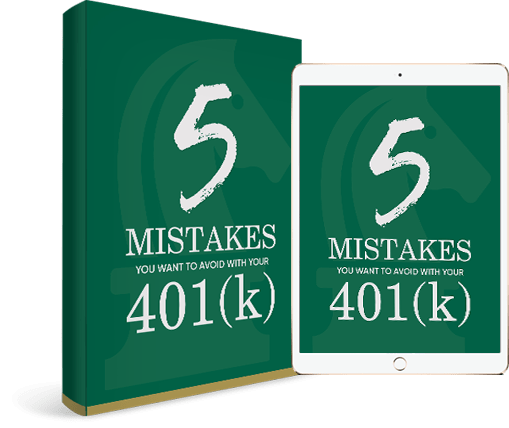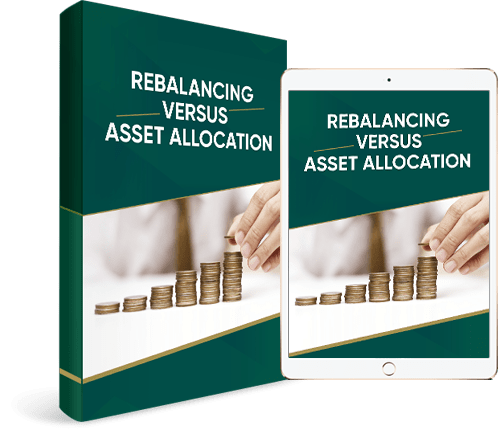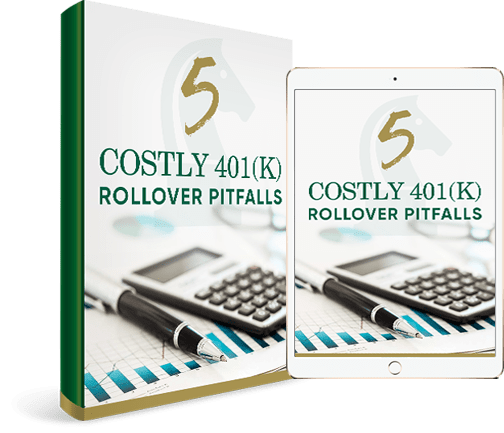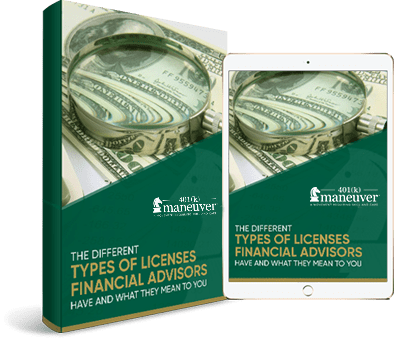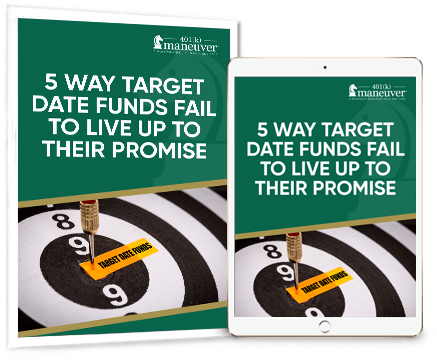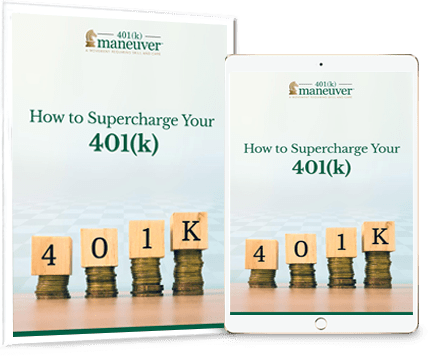
Should I Rebalance My 401(k) Mid-Year?
Mid-year is a common time for people to reassess their finances – including their 401(k) strategy.
From market changes to personal life events, the second half of the year often brings new information that could affect how investment allocations align with your goals and risk tolerance.
One option some investors consider during these reviews is rebalancing, or the process of adjusting portfolio allocations to maintain a target mix of assets.
So, is mid-year a good time to rebalance your 401(k)?
It depends on your unique situation and retirement goals.
Here’s what you should know before making a decision.
What Does It Mean to Rebalance Your 401(k)?

Rebalancing your 401(k) means adjusting the mix of your investments when your current asset allocation drifts away from your intended target.
This shift can happen gradually over time, especially during periods of market growth or volatility.
Most investors start with a goal in mind: A certain ratio of stocks, bonds, and other investments based on how far they are from retirement and how much risk they’re comfortable taking.
But portfolios typically don’t stay static.
Even if you never change your investment selections, fluctuations in the market can change the weight of each asset class within your account.
For example, if you originally set your 401(k) to be 70% stocks and 30% bonds, but a strong stock market pushed your portfolio to 76% stocks and 24% bonds, your portfolio is now riskier than you may have intended.
Rebalancing would involve selling some of the overrepresented assets (stocks) and reallocating to underrepresented ones (bonds) to bring your account back to its intended balance.
Some investors set thresholds – such as rebalancing when an allocation drifts 5% or more from the target.
Others choose to rebalance on a set schedule, such as quarterly or semiannually.
Why We Believe Rebalancing Is Important for 401(k) Investors

Rebalancing is important because it helps keep your investments aligned with your financial goals, risk tolerance, and time horizon – even as market conditions or life circumstances change.
Your investment timeline is always evolving.
An asset allocation that made sense when retirement was 20 years away may not be appropriate when retirement is only 5 years out.
A portfolio that once leaned heavily on growth may now need to focus more on preserving capital.
Life events – such as job changes, income shifts, or health considerations – can also impact how much you want to save, how long you’ll need your money to last, or how much market risk you’re willing to accept.
In addition, market performance can change your allocation even if you never touch your portfolio.
If stocks outperform bonds for several quarters, your 401(k) could become unintentionally stock-heavy.
That means you could be taking on more risk than you’re comfortable with or missing out on diversification benefits.
Regular rebalancing doesn’t eliminate risk, and it doesn’t guarantee improved returns.
But it’s one way investors can work to stay on track with their intended long-term strategy, especially during volatile periods or as retirement approaches.
What Are Some Risks of Not Rebalancing Your 401(k)?

Skipping regular rebalancing may seem harmless – especially when your portfolio is growing.
But letting your 401(k) drift too far from your original asset allocation may introduce risks that may jeopardize your retirement goals.
Here are the potential risks of not rebalancing your 401(k):
Unintended Risk Exposure
Over time, the market’s natural fluctuations can distort your intended asset mix.
For example, if stocks perform well, they may begin to make up a larger portion of your portfolio than originally planned.
That might sound like a good problem to have…until the market dips.
Without rebalancing, your portfolio could possibly become overweighted in riskier assets like stocks, making it far more vulnerable to volatility.
Conversely, if bonds or cash grow disproportionately, you might miss out on growth opportunities.
Portfolio Drift Can Derail Your Long-Term Strategy
Letting your portfolio drift without course correction means you’re no longer investing according to your original strategy.
Say you intended a balanced 60/40 split between stocks and bonds.
Over time, market performance may shift your allocation to something like 75/25. That drift increases your exposure and may put you off track from your long-term goals.
The further you drift, the more extreme your risk/reward profile becomes – without you intentionally choosing it.
Reduced Ability to Preserve Capital as Retirement Nears
As you approach retirement, preserving the wealth you’ve accumulated can become just as important as growing it.
If you fail to rebalance your 401(k), you might be holding more high-risk assets than you should at this stage of life.
This can be particularly dangerous if the market takes a downturn close to your retirement date, leaving you less time to recover.
Rebalancing can help gradually shift your portfolio to a more conservative allocation, helping protect your savings as you near retirement.
Emotional Investing Decisions
When portfolios are left on autopilot, it becomes easier to react emotionally to market swings.
If you’re heavily invested in equities during a downturn – because your portfolio wasn’t rebalanced – you may feel tempted to panic-sell, locking in losses.
A disciplined rebalancing strategy reduces the odds of being caught off guard by market moves and may help you stay the course.
Missed Opportunities for Strategic Growth
In our opinion, rebalancing isn’t just about reducing risk.
It’s also about staying aligned with your financial plan – and that includes growth opportunities.
By periodically selling overperforming assets and reinvesting in underweighted ones, you follow a “buy low, sell high” discipline that may help improve performance over time, especially when done consistently.
Should You Get Help Rebalancing Your 401(k)?

Of course, you can rebalance your 401(k) yourself. But if you’re not a savvy investor – or if you’re unsure how to do it effectively – it may be wise to get help.
If you’re not confident about asset allocation, understanding market cycles, or knowing when and how to adjust your portfolio, seeking professional guidance may help you avoid costly mistakes and stay on track for retirement.
If you’re unsure how to properly rebalance your account or don’t know where to start, we’re here to help.
401(k) Maneuver provides independent, professional account management with the goal to help employees, just like you, grow and protect their 401(k) accounts.
Our goal is to increase your account performance over time, manage downside risk to minimize losses, and reduce fees that are hurting your retirement account performance.
401(k) Maneuver allows you to go about your life doing what you love with confidence, knowing we are handling the changes for you.
Here’s what you can expect as a 401(k) Maneuver Client:
- You receive professional quarterly 401(k) account rebalancing that is personalized to your tolerance to risk and based on current economic and market conditions.
- You get an email notification every time we review your account.
- You get membership to our online community where you’ll get exclusive access to content that will help you better prepare for retirement.
- You get access to a private Facebook group where you can ask questions and get answers from our expert advisors.



